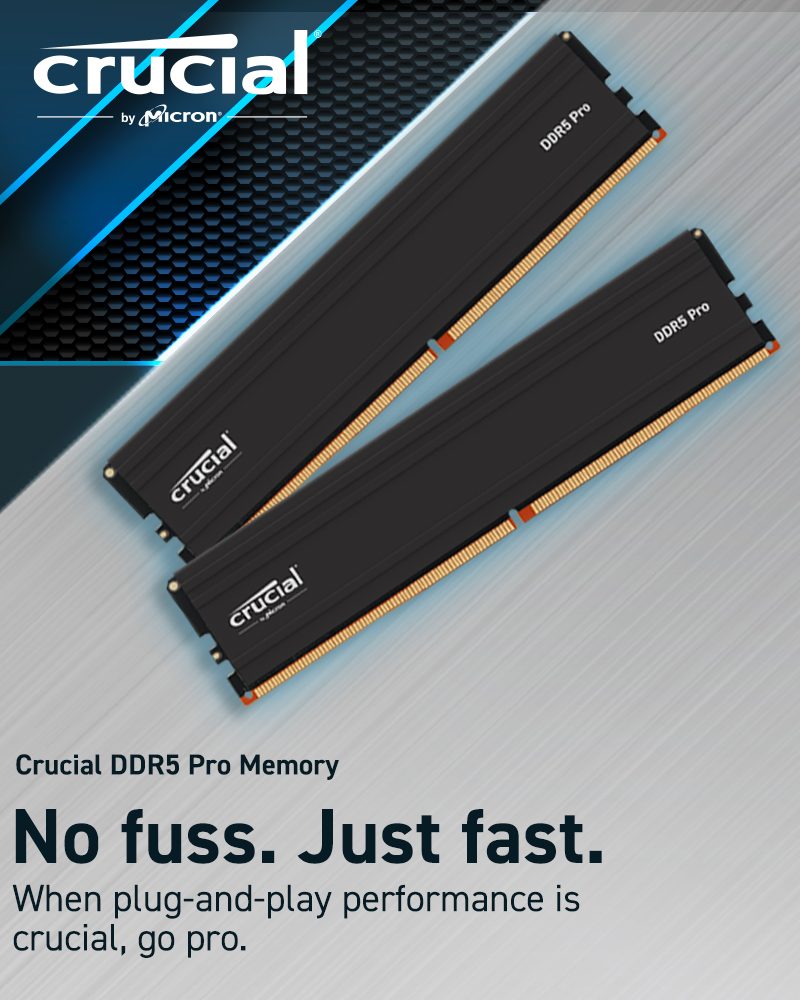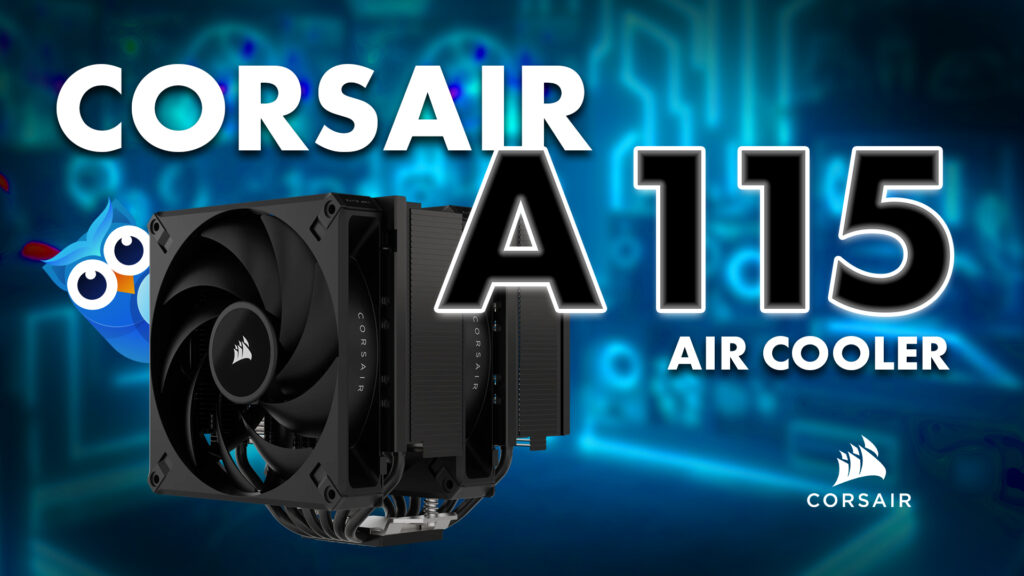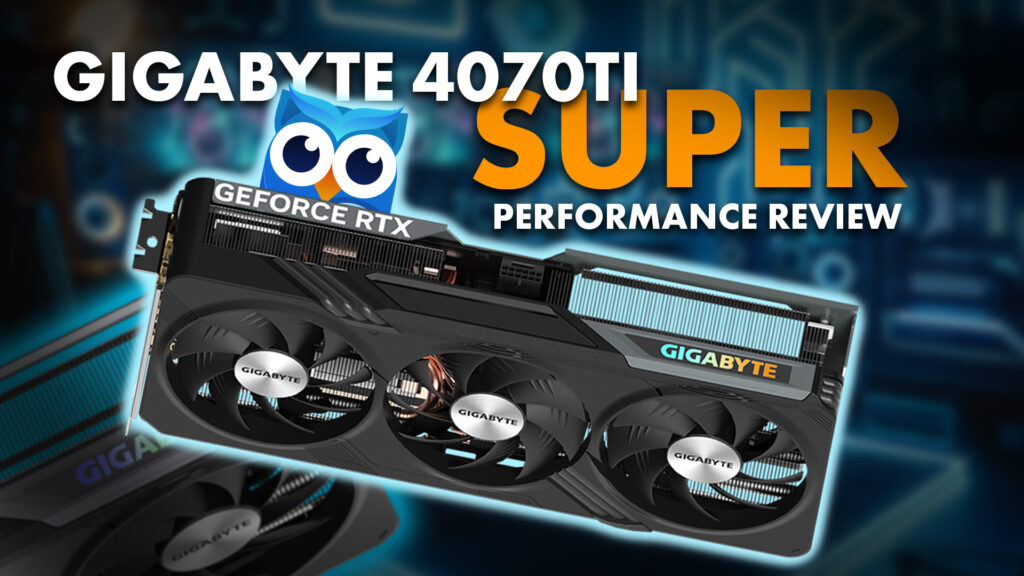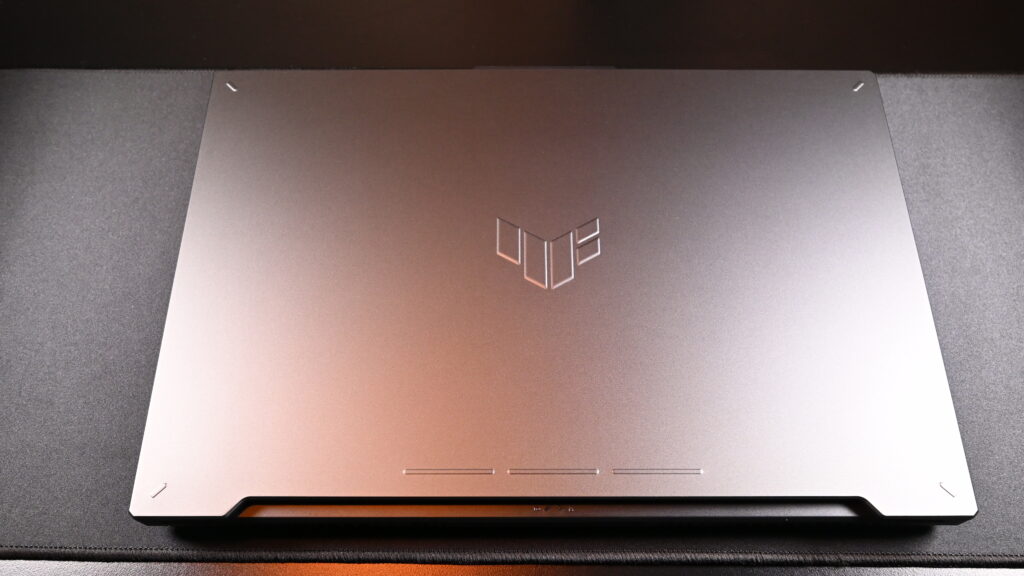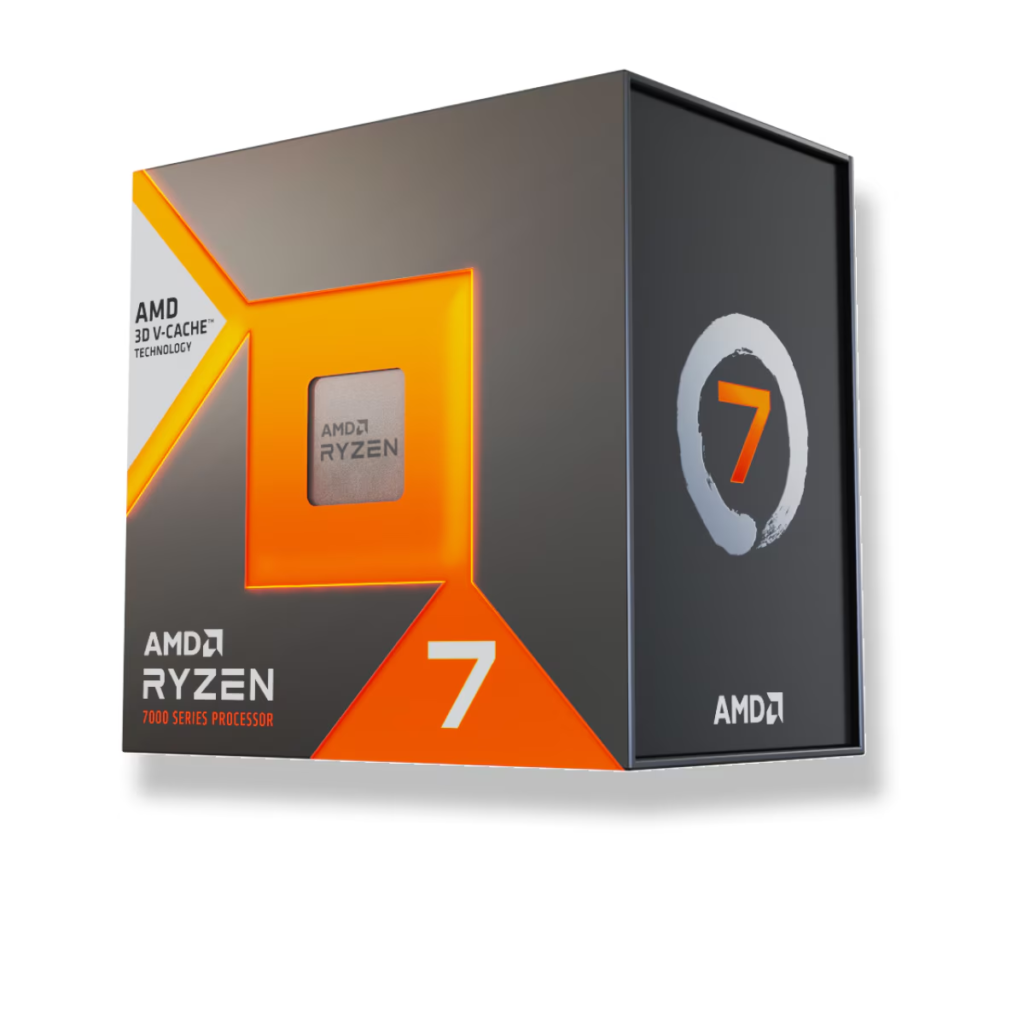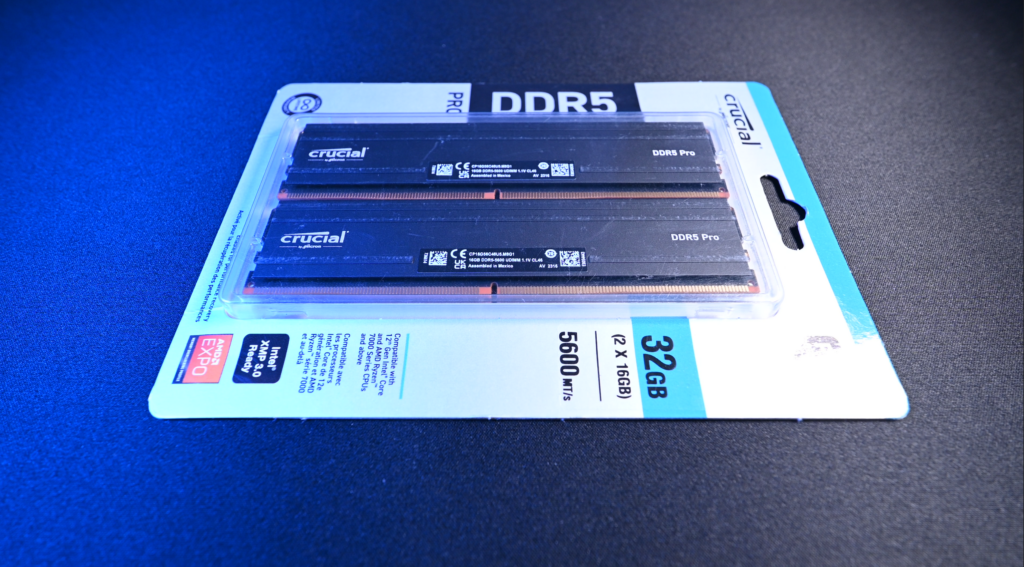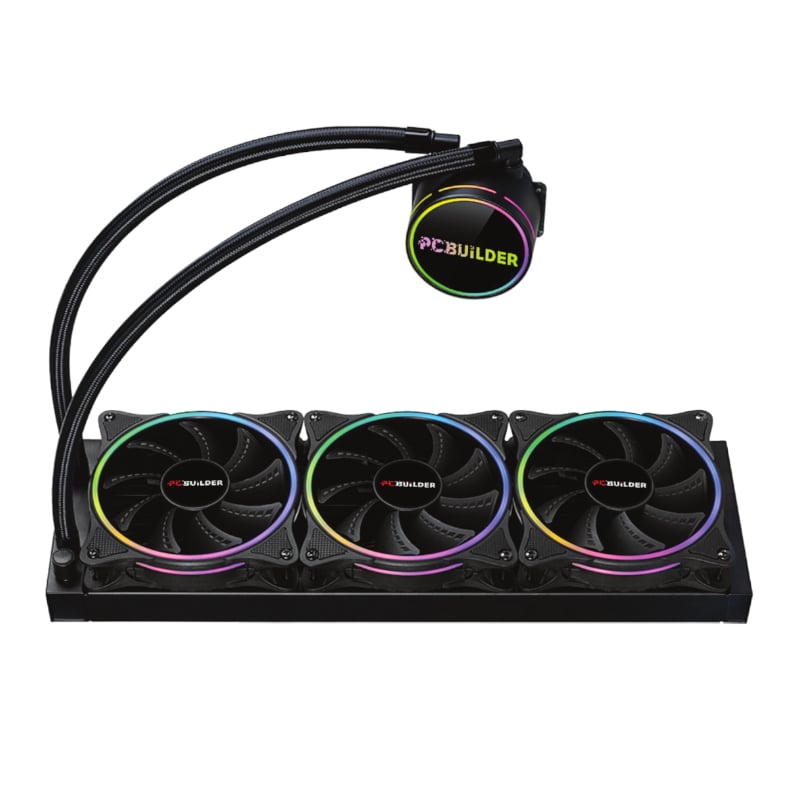Introduction:
In this comprehensive review, we delve into the MSI Velox Airflow, an ATX case that represents MSI’s commitment to delivering optimal cooling performance and user-friendly design. Drawing on our previous experience with the Sekira 500G (AKA the Oven), I approach this review with a keen eye for detail and a focus on assessing the design, performance, and build quality of the Velox Airflow. So onto the dissection of the features, design aspects, and practical considerations of this case to determine its viability in the competitive PC casing market.

Design Analysis and Airflow Efficiency:
The MSI Velox Airflow does have an appealing exterior and embodies an understating that should resonate with enthusiasts and gamers. However, concerns about the airflow and positive air pressure arose during the initial assessment, given the numerous open gaps in the case design. By employing a comprehensive testing methodology, including the use of multiple cooling components, the case demonstrated efficient air recycling and commendable airflow management, debunking my initial apprehensions. The front, top, and rear venting configurations, coupled with the PSU intake at the bottom, effectively facilitated a suitable and sustainable cooling environment, ensuring optimal performance during extensive use.

Practical Build Considerations and Radiator Configurations:
The MSI Velox Airflow’s versatility becomes apparent with its support for various radiator configurations, including 360-millimeter radiators on both the sides and the top. However, a potential issue arises when integrating a 240-millimeter radiator on the side mount, as there is limited clearance, and this may (and did for me) pose challenges during installation. This constraint might necessitate adjustments in the placement of components, thereby affecting the overall building experience. Despite this, the case remains relatively accommodating for standard configurations, allowing for easy integration and hassle-free assembly but struggles when trying to utilize all its functionality.

Evaluation of Additional Features and Connectivity Options:
With a focus on user convenience, the MSI Velox Airflow offers notable features, including a comprehensive fan configuration that supports various fan sizes for enhanced cooling capabilities. Additionally, the inclusion of a vertical mount in the package serves as a valuable addition, enabling users to optimize their GPU display while maintaining a streamlined internal setup. The integrated ARGB hub and the one-touch button for changing ARGB effects contribute to the case’s user-friendly design, providing users with effortless customization options. However, the lack of a dust filter on the rear may be considered a minor oversight, as it could have further improved the overall dust management system within the case.

Identification of Design Flaws and Room for Improvement:
While the MSI Velox Airflow boasts an array of impressive features, certain design flaws mar its overall appeal. The limited clearance for accommodating a 240 millimeter radiator on the side mount, leading to the removal of the frontal dust filter, presents a notable inconvenience for users seeking an optimized cooling setup. Additionally, the seems to be an issue with the glass door hinges not closing properly and this highlights a potential quality control concern, demanding closer attention from the manufacturer in addressing build quality issues. Despite these shortcomings, the inclusion of a PSU beauty panel and the well-thought-out connector plate on the frontal panel accentuate the case’s aesthetic appeal and functional design.
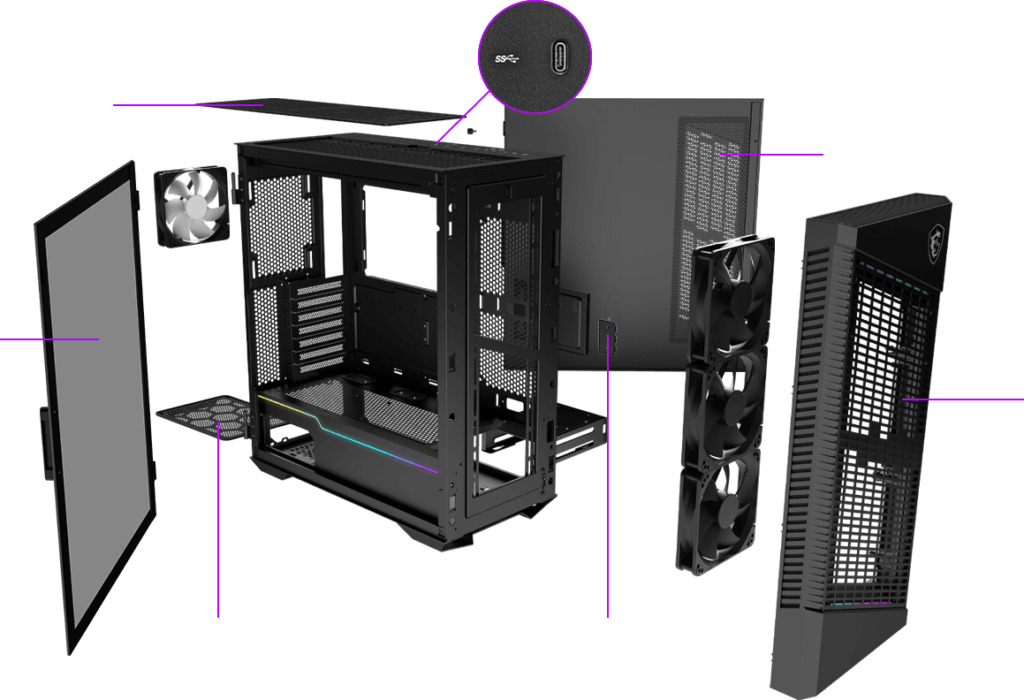
Assessment of Price and Value Proposition:
Priced at R3,000 rand, the MSI Velox Airflow competes in a mid-range segment of the market, offering as close to a balance between performance and affordability attainable from MSI. While it presents a compelling choice for users seeking a well-ventilated and user-friendly case, certain improvements could enhance its value proposition. Considering the competitive landscape and the presence of other cases offering similar features at a lower price point, the MSI Velox Airflow may benefit from minor adjustments in its pricing strategy to align more closely with user expectations and market demands.
Conclusion:
In conclusion, the MSI Velox Airflow stands as a testament to MSI’s dedication to delivering reliable and efficient PC casing solutions. Despite certain design limitations and room for improvement, the case demonstrates a commendable balance of aesthetics, performance, and user convenience. I do acknowledge the progress made by MSI in refining their case design, but I feel there is still some room to grow, and I look forward to witnessing further innovations in their future offerings.



